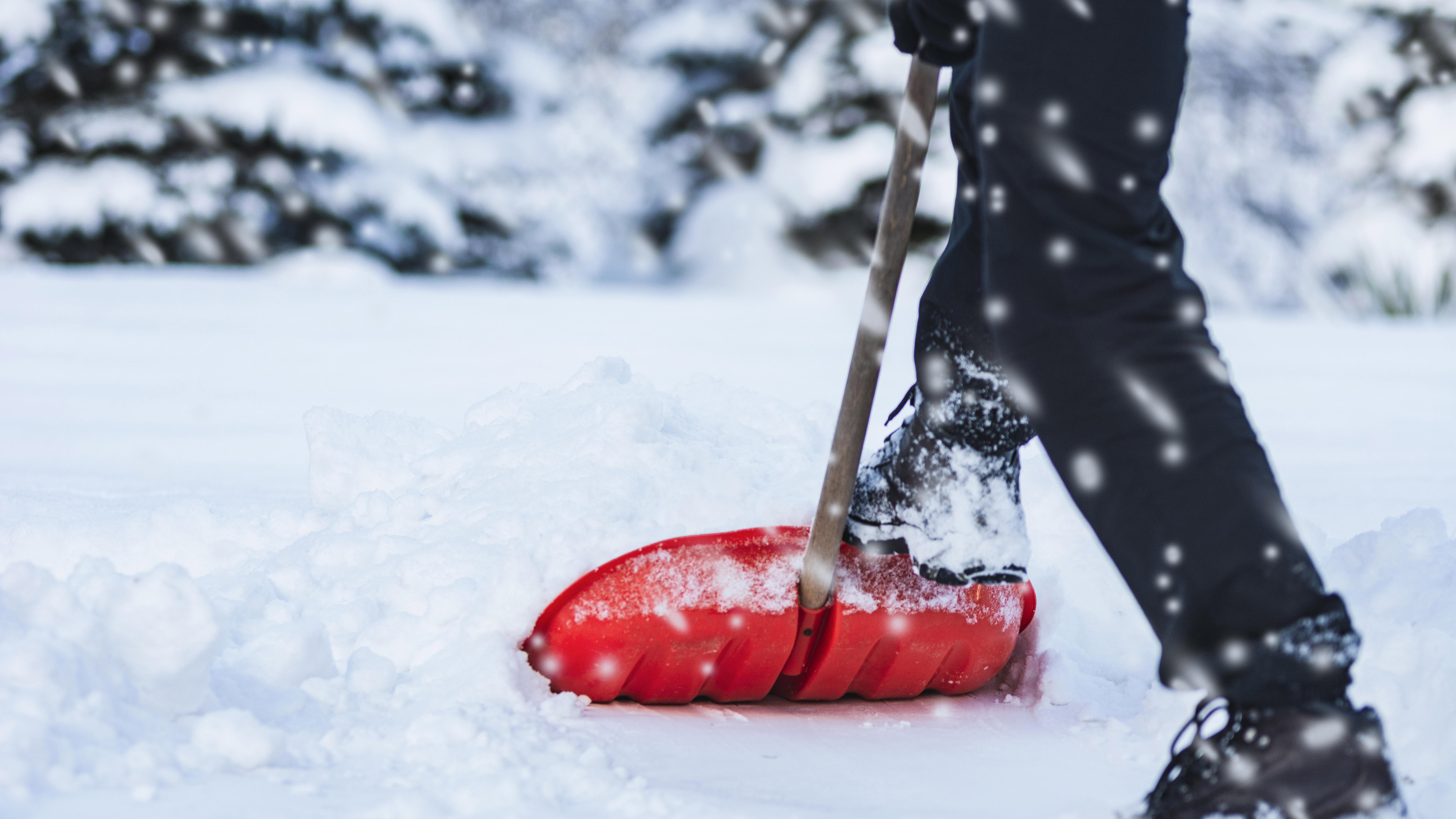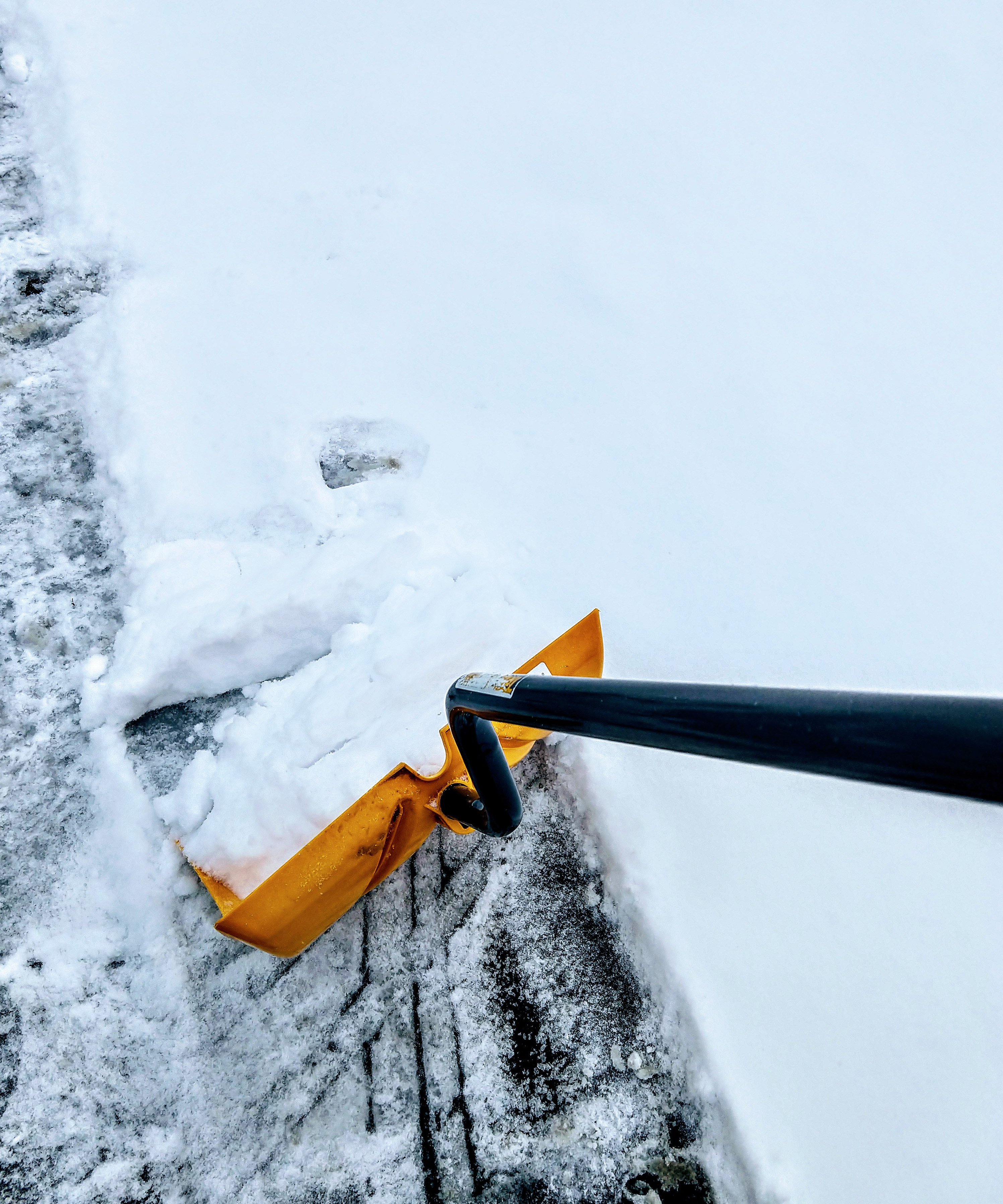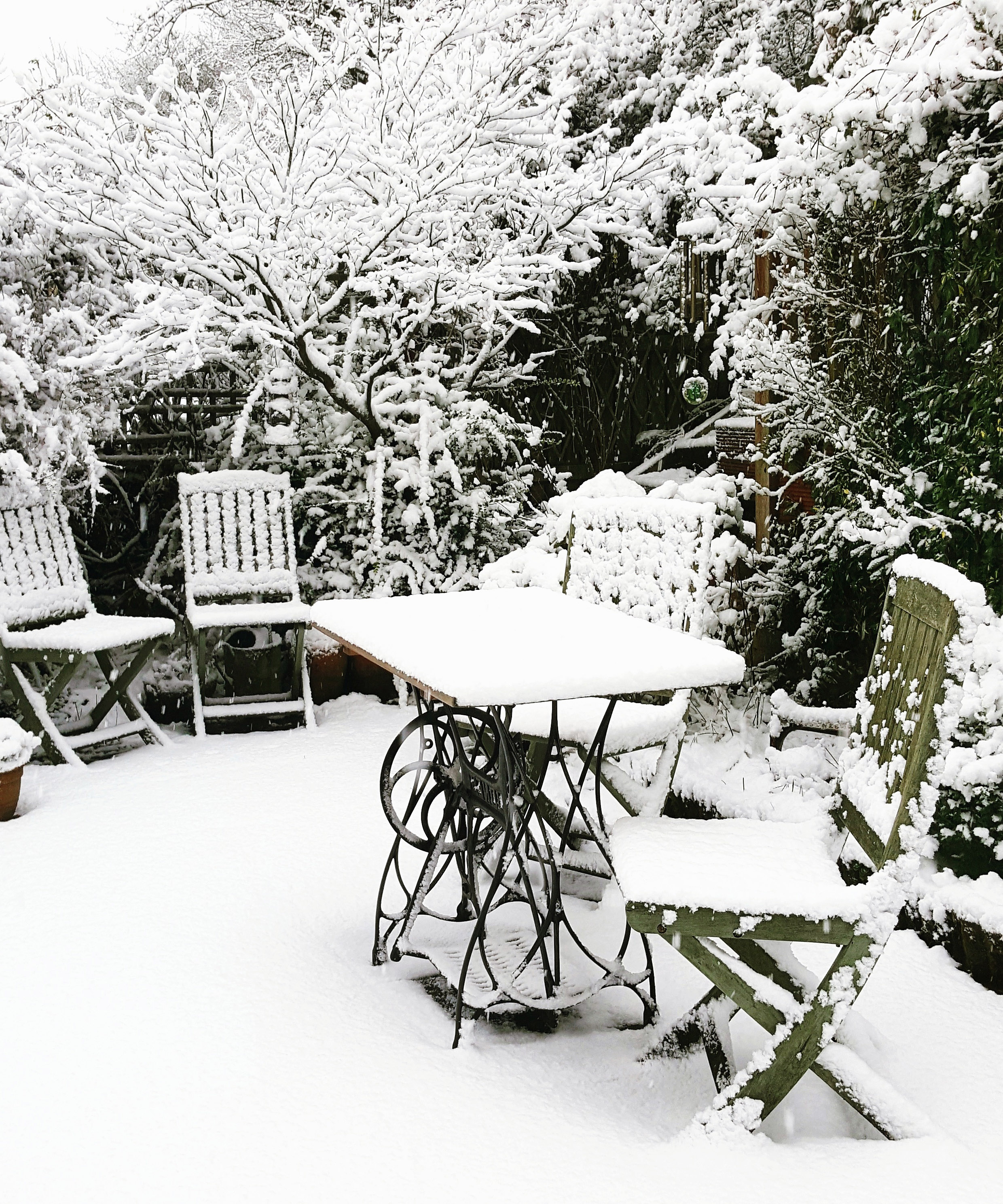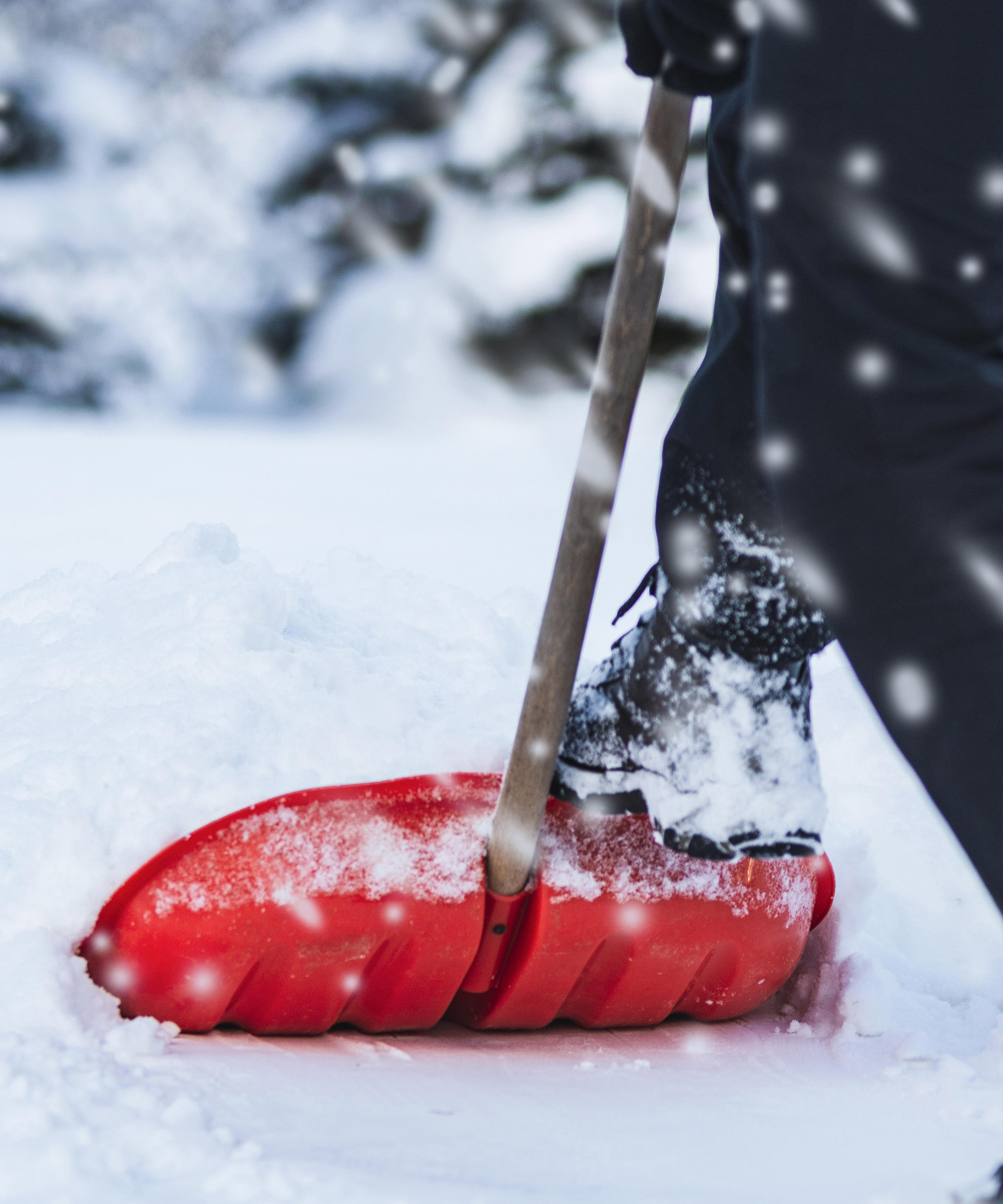Garden expert warns that using salt as a de-icer could be damaging your patio
Snow season is here – but your favorite de-icer may be causing more harm than good, according to the expert


Ice and snowfall are a frequent (and somewhat expected) part of the winter season. However, your favorite de-icing method may be corroding your patios, paths, and driveways, according to expert Mark Lane.
The BBC Gardeners’ World favorite urges you to re-evaluate your patio ideas – warning that the age-old favorite method is bad for your pavement – and even worse for the planet.
In his discussion with Gardneingetc, the Gardening Expert for the stairlift and home lift company Stannah explored the common de-icing mistake – and what you should use instead.

Why you should avoid de-icing with salt – according to Mark Lane
‘Salt reacts with water and lowers the temperature at which it freezes. Water normally freezes at 0ºC (32ºF) but if the air is colder, then the salt may not work,’ Mark begins.
The BBC Morning Live presenter warns that if the salt does not appear to work, you are more likely to apply more – but this is bad for both your garden and the planet.
‘Salt-water runoff can damage and even kill plants, so it’s important to consider your garden design ideas,’ he explains.
Therefore, Mark warns that you should ‘never apply salt to pathways next to lawns’ because the runoff will fall on your lawn and kill the grass. If the salt runs into a nearby pond, river, or waterway, you could kill aquatic plants and animals in your garden’s ecosystem.

‘If you have a patio or terrace that is supported by steel or concrete, or you have concrete pathways, then the salt may corrode them,’ he adds.
What should you use instead?
Instead of opting for salt, Mark Lane recommends sand. While sand will not melt the ice, it will offer traction that makes it easier to walk.
‘Wetted sand remains in place for longer, and therefore the rate of application can be reduced by as much as 50 per cent,’ Mark explains. However, he warns that, like salt, you should avoid using sand near ponds, rivers, or waterways to prevent sediment build-up.
Alternatively, Mark recommends investing in the best snow removal tools to remove snow from your pathways, patios, and driveways. He says that a shovel and stiff broom are good for the job. For areas that receive large amounts of snow, it can be worth investing in one of the best snow blowers to help make light work of snow removal.

‘By removing the snow, you stop the melting snow from freezing and causing ice build-up. If snow and ice are forecast, then act promptly. Apply a de-icer before the snow falls to prevent the snow and ice from bonding,’ he adds.
Mark Lane’s tip will save your winter garden ideas and protect your land long after the snow melts. For now, we’re investing in some sand a new shovel.
Megan is the News and Trends Editor at Homes & Gardens. She first joined Future Plc as a News Writer across their interiors titles, including Gardeningetc, Livingetc, and Real Homes. As the News Editor, she often focuses on emerging microtrends, sleep and wellbeing stories, and celebrity-focused pieces. Before joining Future, Megan worked as a News Explainer at The Telegraph, following her MA in International Journalism at the University of Leeds. During her BA in English Literature and Creative Writing, she gained writing experience in the US while studying in New York. Megan also focused on travel writing during her time living in Paris, where she produced content for a French travel site. She currently lives in London with her antique typewriter and an expansive collection of houseplants.
